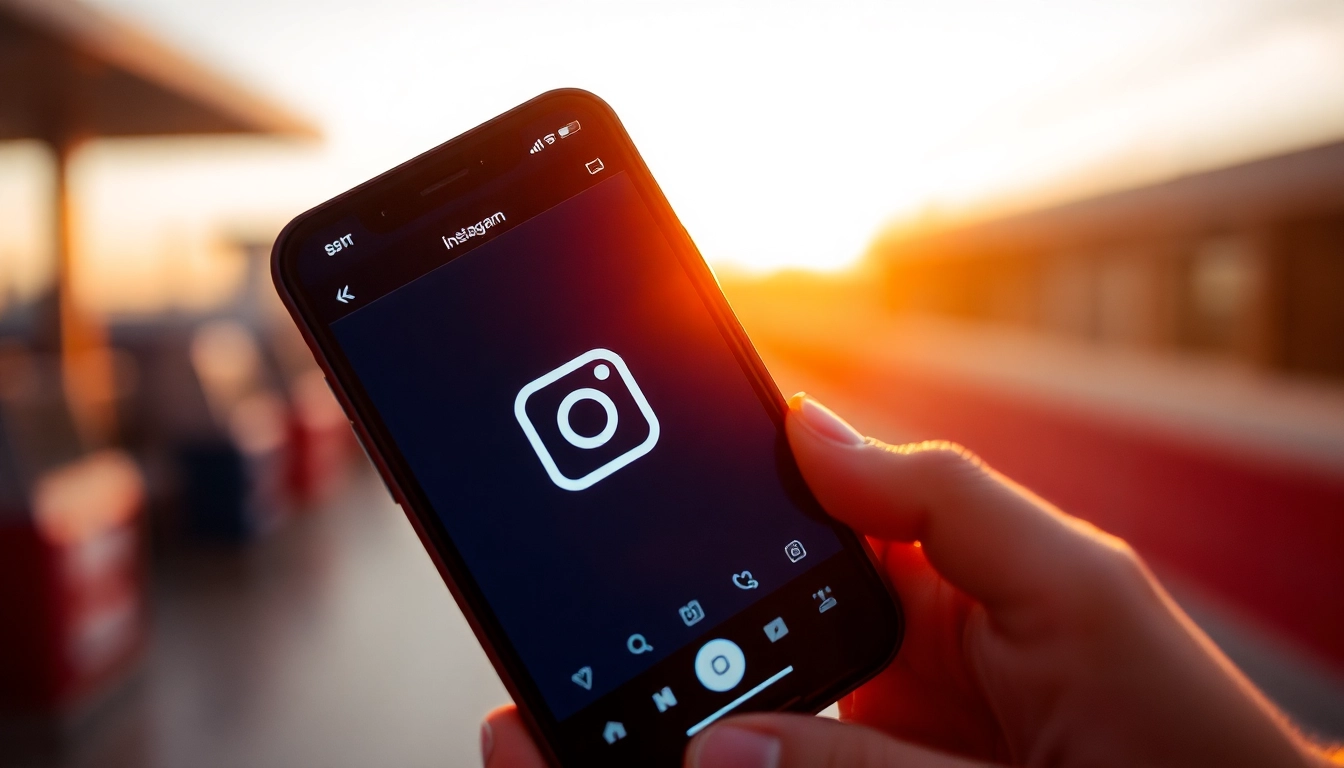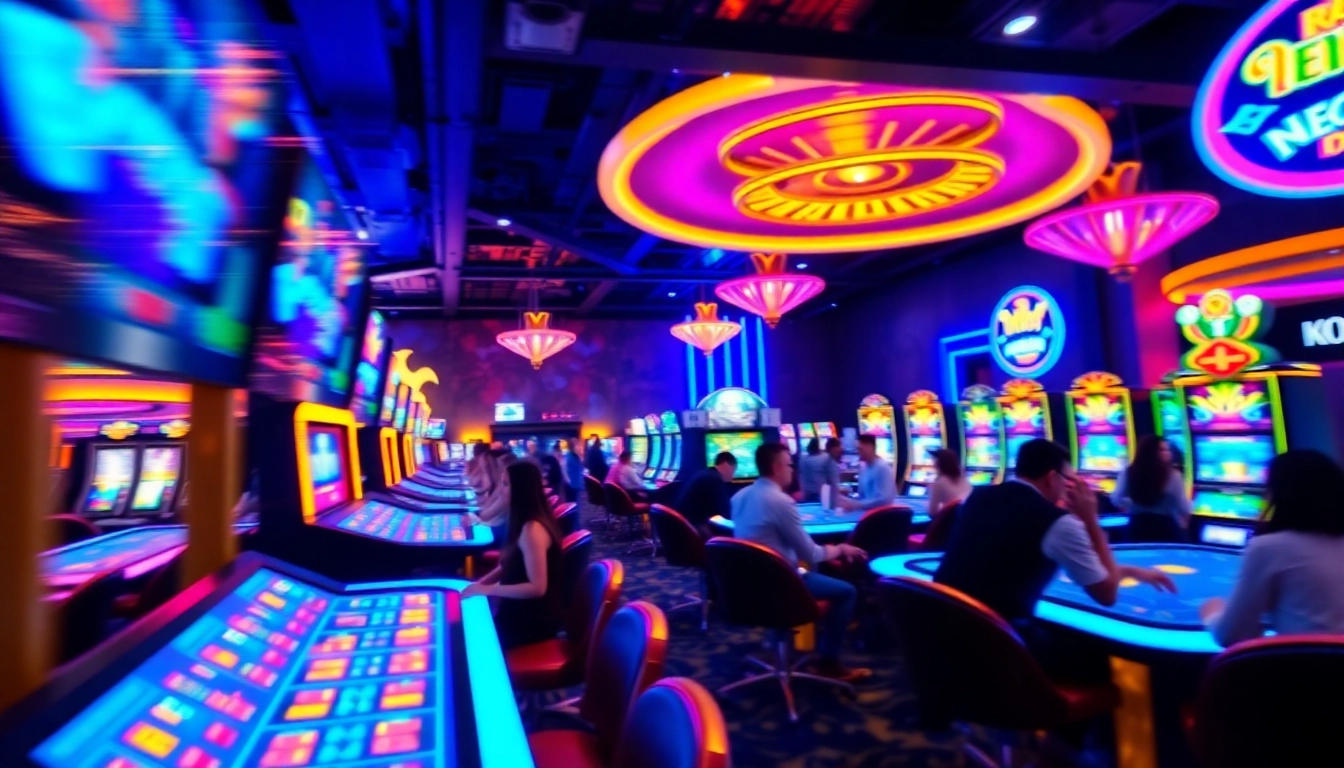The Definition of Luxury
Luxury is a term that often evokes images of opulence, extravagance, and a lifestyle of ease and comfort. Yet, its definition extends beyond mere material possessions to encompass experiences, services, and a state of mind that reflects affluence and superior quality. In economic terms, luxury goods are classified as items whose demand increases more than proportionally as consumer incomes rise. This principle suggests that as individuals experience a rise in income, their expenditure on luxurious items escalates significantly. For instance, a well-crafted handbag may be seen not only as a functional accessory but also as a symbol of social status. The luxury market is diverse, spanning various sectors including fashion, travel, and automotive industries.
Understanding Luxury Goods
Luxury goods are often characterized by their premium pricing, exclusivity, and craftsmanship. Unlike essential items, luxury products serve a dual purpose; they meet consumer desire for quality while also conveying a message of wealth and prestige. Notably, brands in the luxury sector tend to invest heavily in marketing to foster an emotional connection with consumers, leveraging stories, traditions, and high-profile endorsements to enhance their allure. Examples range from high-end fashion labels like Chanel and Gucci to luxury automobile manufacturers like Rolls-Royce and Ferrari. The experience associated with purchasing luxury goods is often ritualistic—from personalized service in exclusive stores to bespoke products tailored to individual preferences, underscoring the notion that luxury is as much about experience as it is about possession.
Economic Impact of Luxury
The luxury market is more than just a niche segment of the economy; it plays a significant role in global economic dynamics. In 2022, the global luxury market was valued at approximately $1.7 trillion, and it is expected to continue growing as affluent consumers emerge worldwide. This burgeoning market generates considerable revenue, driving demand for luxury goods and services in various industries, including hospitality, travel, and retail. The economic impact is also felt in job creation, from craftsmanship in luxury fashion to hospitality positions in five-star hotels. However, it is essential to acknowledge that while luxury spending can stimulate the economy, it can also exacerbate issues of inequality, creating a chasm between the luxury consumer class and average consumers.
Luxury vs. Necessity
One of the most intriguing aspects of luxury is its contrast with necessity. Distinguishing between what is necessary and what is a luxury can vary from person to person. For some, a high-end watch or designer clothing may be viewed as indulgent extravagance, while for others, these items are well-deserved rewards or vital expressions of their identities. This demarcation influences purchasing behaviors, and as consumers navigate a world where spending habits are often scrutinized, the notion of luxury evolves. Furthermore, the rise of minimalism and conscious consumerism challenges the traditional view of luxury, pushing brands to reconsider how they define quality, sustainability, and exclusivity.
Modern Luxury Trends
Shifts in Consumer Preferences
New generations of consumers, particularly millennials and Gen Z, are redefining what luxury means. Unlike their predecessors, these demographics prioritize experiences over material possessions, favoring travel, immersive experiences, and social impacts over luxury goods. This shift is evident in the rise of brands that curate adventure-based experiences, like luxury travel companies that offer bespoke itineraries. Brands must adapt to these preferences by offering more than just a product; they must cultivate a lifestyle that resonates deeply with a consumer’s values and desires. For example, streetwear brands, often considered outside traditional luxury circles, have merged high fashion with youth culture, creating a new luxury that appeals to a broader audience.
Sustainable Luxury: A Growing Demand
As environmental concerns continue to gain traction, consumers increasingly demand sustainability and ethical sourcing in luxury products. Concepts of “sustainable luxury” are emerging, where brands emphasize responsible production, material sourcing, and fair labor practices. Companies like Stella McCartney have pioneered the movement, showcasing that luxury can coexist with environmental consciousness. Sustainable practices not only help brands appeal to a more socially conscious consumer base but also address growing concerns about climate change and environmental degradation, thereby aligning luxury with modern human values. As customers become more educated about the impacts of their purchases, luxury brands that prioritize sustainability may gain a competitive edge.
Luxury Experiences Over Products
The preference for luxury experiences over products has seen a dramatic increase. Consumers are willing to invest in high-end travel, exclusive events, and curated experiences that offer lasting memories rather than mere material possessions. This trend reflects a broader societal shift where fulfillment is increasingly sought through engagement, adventure, and meaningful interactions. Brands are now integrating experiential elements into their value proposition; for example, luxury hotels offer personalized experiences based on guest preferences, while high-end fashion houses host immersive runway shows that create buzz and excitement. The key here is to provide unique experiences that consumers cannot find elsewhere, thus enhancing the luxury appeal amid a saturated market.
Luxury in Fashion and Design
High-End Fashion Brands
The fashion industry epitomizes the luxury market, with high-end brands that represent decades of craftsmanship, tradition, and innovation. Companies like Louis Vuitton and Hermès are not just brands; they are institutions, each with a rich history and a strong narrative that attracts consumers worldwide. The allure of high-end fashion is rooted in exclusivity and heritage; for example, Hermès is renowned for its meticulous craftsmanship in leather goods, which is often seen as a symbol of sophistication and status. Additionally, collaborations between luxury brands and popular streetwear influencers have blurred the lines, bringing new relevance and reach to traditional luxury items, thereby capturing the interests of younger consumers.
Interior Design: Creating Luxury Spaces
Luxury extends beyond fashion and into the world of interior design, where homeowners seek to create environments that exude comfort, elegance, and sophistication. Luxury interiors are characterized by high-quality materials, impeccable craftsmanship, and an overall ambiance that conveys a sense of indulgence. Designers often incorporate timeless styles with contemporary touches, focusing on both aesthetics and functionality. Furthermore, the rise of smart home technology has made it possible for homeowners to enhance their living spaces with convenience and luxury at the same time. Customization plays a vital role; by tailoring spaces to individual tastes and needs, designers are able to create unique environments that embody their clients’ lifestyles.
Art and Luxury: Collecting Fine Art
Art collecting is often seen as one of the highest forms of luxury. Collectors invest in pieces that reflect not only their tastes but also their financial status and cultural interests. The art market, especially for contemporary and modern artworks, can yield extraordinary returns and has been adopted by many as a form of alternative investment. Auctions and private sales often see records broken, with artworks fetching millions of dollars, demonstrating the value placed on artistic expression. High-net-worth individuals often engage personal art advisors to navigate the intricacies of art investment, enhancing their collections while ensuring they acquire pieces of value and significance. The relationship between art and luxury is symbiotic; as art becomes more valuable, the desire to own it becomes a status symbol in itself.
The Psychological Aspects of Luxury
Luxury as a Symbol of Status
Luxury is often intertwined with status; owning luxury items signals wealth and accomplishment. This phenomenon is rooted in social psychology, where people use goods to express their identities and social standing. The luxury market capitalizes on this desire for status, using branding as a powerful influencer. For instance, luxury brands like Rolex and Chanel utilize their rich heritage, brand storytelling, and exclusivity to maintain an aura of aspirational value that transcends the mere product. This branding strengthens consumer loyalty, as individuals are often drawn not only to the product itself but the status it embodies. The desire to portray success leads many to engage with luxury, both as a symbol of societal status and personal achievement.
Emotional Connection to Luxury Brands
Luxury brands often evoke deep emotional connections, driven by their narratives, heritage, and exclusivity. This emotional aspect is crucial for brands seeking to differentiate themselves from competitors. Successful luxury brands position themselves as purveyors of an exclusive lifestyle, promoting not just products but ideals and experiences that resonate with consumers on a personal level. For example, a luxury car isn’t merely a means of transportation; it is a sign of performance, power, and elegance. Establishing an emotional connection fosters brand loyalty; consumers are more likely to return to a brand that has created meaningful relationships with them, further solidifying the brand’s place in their lives.
The Role of Luxury in Personal Identity
In today’s society, luxury has become a key component of personal identity for many individuals. The acquisition of luxury goods transcends mere consumption; it is a reflection of one’s preferences, achievements, and aspirations. Through luxury purchases, individuals signal their identities and social affiliations, often creating a personal narrative that intertwines with their lifestyle choices. For example, owning a luxury vehicle may reflect not only financial success but an affinity for speed, style, and prestige. This self-expression through luxury has become increasingly prevalent, especially among younger generations, who use social media platforms to share and showcase their luxury experiences and possessions, thereby inviting social validation in the process.
Future of Luxury
Technology’s Influence on Luxury Shopping
As technology continues to evolve, it significantly influences the luxury shopping landscape. The rise of e-commerce has transformed how consumers interact with luxury brands, allowing for a broader reach and convenience. Virtual reality experiences, live-streamed runway shows, and augmented reality applications are progressively becoming part of the luxury shopping experience. Brands like Gucci are leveraging technology to create immersive shopping journeys that replicate the exclusivity and personal touch of a high-end boutique experience, even online. Furthermore, personalization driven by data analytics enables brands to tailor offers and experiences to individual preferences, enhancing engagement and satisfaction among luxury consumers.
Globalization and Luxury Markets
Globalization has both consolidated and diversified luxury markets, with emerging economies like China, India, and Brazil rapidly increasing their share of luxury consumption. As wealth accumulates in these regions, luxury brands are adjusting their marketing strategies to resonate with local cultures and preferences. The global market allows for the cross-pollination of ideas and trends that influence luxury consumption patterns, pushing brands to innovate continually. However, this increased competition and market entry also challenge established luxury brands as they strive to maintain their distinguished status while adapting to a more global audience.
The Future of Luxury Lifestyle Choices
Looking ahead, the future of luxury will be shaped by evolving consumer values and societal trends. The growing importance of sustainability, digital integration, and an emphasis on unique experiences will redefine luxury. Brands must remain agile, responding to shifts in consumer consciousness and preferences, prioritizing authenticity, and crafting unique, personalized encounters rather than enforcing a one-size-fits-all approach. Moreover, as consumer behaviors increasingly lean towards ethically sourced and sustainable products, luxury brands that prioritize these aspects will likely find themselves ahead in the competitive landscape. Ultimately, the future of luxury will reflect broader societal changes, creating a landscape that is inclusive, innovative, and attuned to emerging consumer desires.


